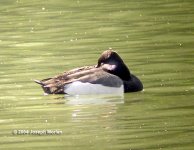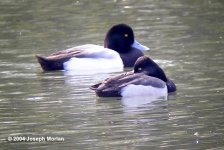Joern Lehmhus
Well-known member
Maybe Yer right , Carson
I don´t have that much experience with either Ringnecked duck (still would like to see more pics of the bird, but cant exclude RND) or California Sun
right now here it is getting dark, weather is quite stormy and the Corvus coirone in front of my window do look pitch black
I don´t have that much experience with either Ringnecked duck (still would like to see more pics of the bird, but cant exclude RND) or California Sun
right now here it is getting dark, weather is quite stormy and the Corvus coirone in front of my window do look pitch black







